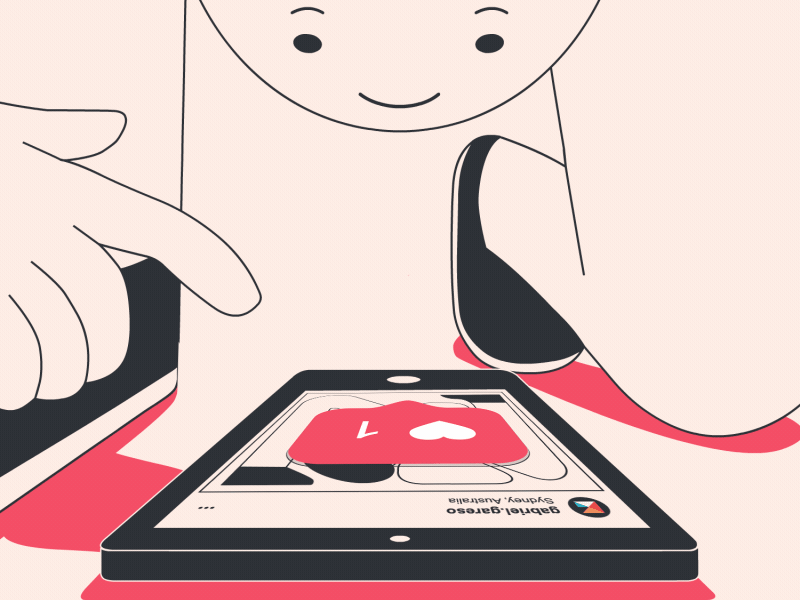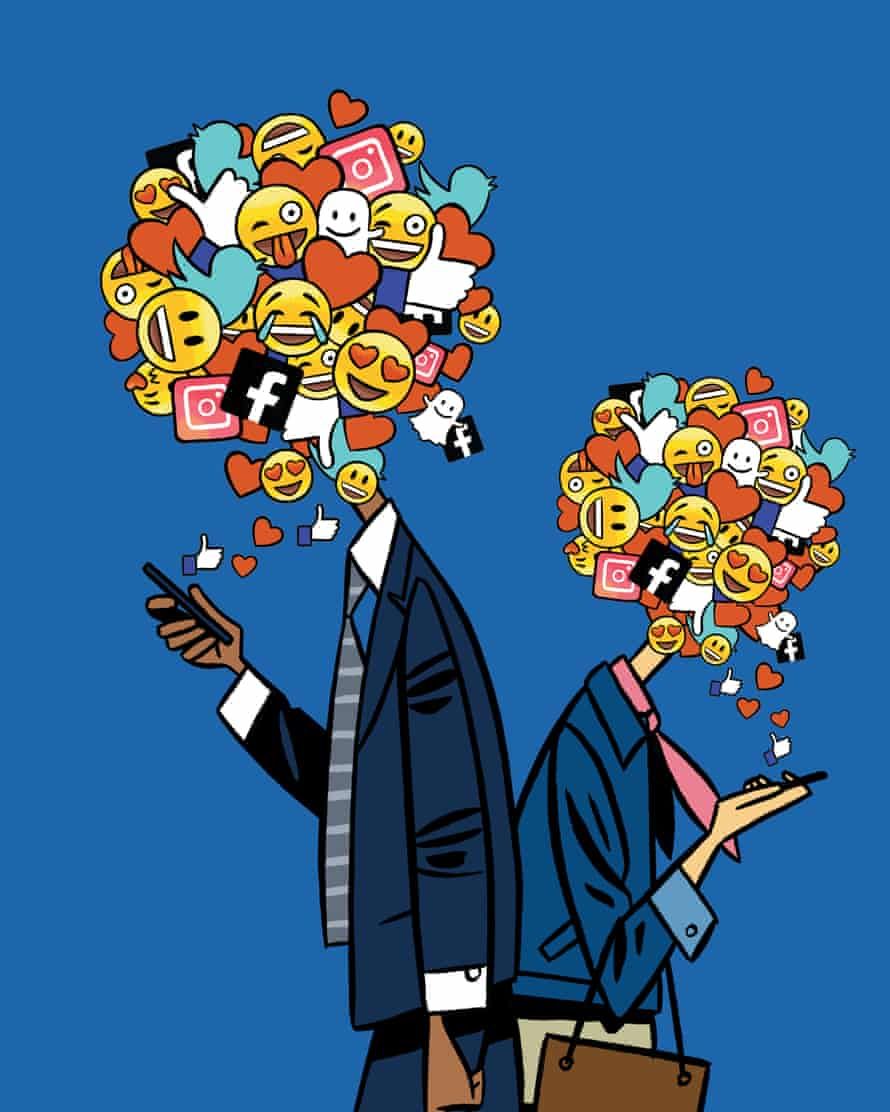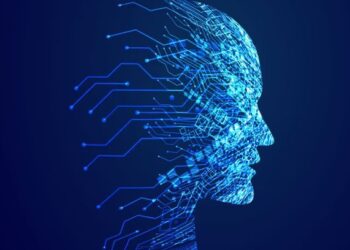In an era defined by constant connectivity, our digital devices have become indispensable extensions of ourselves. From smartphones and social media to video games and streaming platforms, the digital world offers endless entertainment, instant information, and a sense of connection that spans the globe. However, this convenience comes with a growing and often overlooked cost: digital addiction. This is a modern behavioral health issue characterized by an excessive and compulsive use of digital technology that interferes with a person’s daily life. It’s a subtle but powerful force that affects people of all ages, eroding mental health, physical well-being, and social relationships. This article will explore the psychological mechanisms behind digital addiction, examine its devastating impacts on individuals and society, and provide a roadmap for navigating this modern challenge to reclaim control over our digital lives.
Digital addiction isn’t officially recognized as a clinical disorder in the Diagnostic and Statistical Manual of Mental Disorders (DSM-5), but its symptoms and consequences are very real. It’s a compelling habit loop fueled by instant gratification and the brain’s dopamine reward system. When we receive a notification, a “like” on a post, or a new message, our brain releases dopamine, a neurotransmitter associated with pleasure. This creates a powerful feedback loop that encourages us to seek out these digital rewards more and more. Over time, this constant stimulation can lead to a desensitization of our reward system, requiring more and more digital input to achieve the same level of satisfaction. This insidious cycle is at the heart of the dark side of our digital lives, pushing us from casual use to unhealthy dependence.
A. Psychological and Neurological Mechanisms
Understanding the roots of digital addiction requires a look at what’s happening inside our minds and bodies. It’s not just a lack of willpower; it’s a complex interplay of psychological needs and neurological responses.
A. The Dopamine Loop: The core of digital addiction lies in the brain’s dopamine reward system. Platforms like social media and video games are expertly designed to exploit this system. Every time we receive a notification, a text message, or an email, our brain releases a small surge of dopamine. This pleasurable feeling reinforces the behavior, making us want to check our phones and accounts repeatedly. This creates a powerful and hard-to-break habit loop. B. Fear of Missing Out (FOMO): Social media, in particular, cultivates a pervasive Fear of Missing Out. By constantly seeing highlights from the lives of friends and acquaintances, we feel a compulsive need to stay connected and “in the know.” This fear drives us to check our feeds compulsively, even when we know it’s unproductive or unhealthy. FOMO is a powerful psychological trigger that keeps us tethered to our devices, making it difficult to unplug. C. Escape from Reality: For many, digital technology provides a convenient escape from the stresses and anxieties of real life. Video games offer a world of adventure and accomplishment, while social media provides a curated version of our lives where we can present an idealized self. This escapism can become a coping mechanism, but it prevents us from developing healthy ways to deal with real-world problems. Over time, the digital world becomes more appealing than reality, leading to isolation and avoidance.
B. The Devastating Impacts of Digital Addiction
The consequences of excessive digital use are far-reaching, affecting every aspect of a person’s well-being.
A. Mental and Emotional Health:
- Increased Anxiety and Depression: Constant exposure to curated, perfect lives on social media can lead to feelings of inadequacy, low self-esteem, and social comparison. The pressure to maintain a perfect online persona can be a source of significant stress and anxiety. Studies have also linked excessive screen time to higher rates of depression.
- Cognitive Impairment: Our brains thrive on a variety of stimuli. Excessive digital use can shorten attention spans, impair memory, and reduce our ability to think deeply and critically. The constant stream of notifications and information trains our brains to crave distraction, making it difficult to focus on a single task.

B. Physical Health Consequences:
- Sleep Deprivation: The blue light emitted from screens can disrupt our body’s natural sleep cycle, leading to insomnia and poor quality sleep. Many people find themselves scrolling or gaming late into the night, which can have serious long-term effects on their health.
- Sedentary Lifestyle: Digital addiction often leads to a sedentary lifestyle, as hours are spent sitting in front of a screen. This increases the risk of obesity, cardiovascular disease, and musculoskeletal problems like “text neck” and carpal tunnel syndrome.
- Eye Strain: Staring at a screen for prolonged periods can lead to digital eye strain, characterized by dry eyes, blurred vision, and headaches.
C. Erosion of Social and Personal Relationships:
- Reduced Face-to-Face Interaction: Digital addiction can lead to a decline in real-world social skills. When we spend more time interacting with others online, we lose the ability to read nonverbal cues and have meaningful in-person conversations. This can lead to a sense of loneliness and social anxiety.
- Neglect of Responsibilities: A person struggling with digital addiction may neglect their responsibilities at work, school, or home. Hobbies, personal goals, and relationships can all fall by the wayside as the digital world takes priority. This can lead to academic failure, job loss, and strained relationships with loved ones.
C. Navigating the Digital World: Strategies for a Healthier Life
Overcoming digital addiction isn’t about giving up technology entirely. It’s about building a healthier, more balanced relationship with it.
A. Establish Digital Boundaries:
- Set Time Limits: Use apps or your phone’s built-in features to monitor and limit your screen time on specific applications. Set a “digital curfew” by putting your phone away at a certain time each night to ensure you get a good night’s sleep.
- Create Tech-Free Zones: Designate certain areas of your home, like the dining table or the bedroom, as tech-free zones. This encourages face-to-face interaction and prevents digital distractions from interfering with personal relationships.
B. Cultivate Mindfulness and Awareness:
- Pay Attention to Your Habits: Start by becoming aware of your digital habits. Ask yourself: Why am I picking up my phone? Am I bored, anxious, or just reacting out of habit? This simple act of mindfulness can help you break the automatic loop.
- Practice Digital Detox: Try a short-term digital detox by unplugging for a few hours, a day, or even a weekend. Use this time to reconnect with hobbies, nature, or friends and family without the distraction of a screen.

C. Replace Unhealthy Habits with Positive Ones:
- Find Real-World Hobbies: Replace time spent scrolling with a new hobby or passion, such as reading a book, painting, playing a musical instrument, or exercising.
- Foster Real-World Connections: Make an intentional effort to spend time with friends and family in person. Engage in deep, meaningful conversations that build real human connection, which is something the digital world can never fully replicate.
In conclusion, digital technology has brought incredible benefits to our lives, but its dark side is a silent threat to our well-being. Digital addiction is a real and growing problem that affects our minds, bodies, and relationships. By understanding the psychological mechanisms behind it and taking proactive steps to establish healthy boundaries, we can reclaim control over our digital lives. The key is not to abandon technology, but to master it—using it as a tool to enhance our lives rather than allowing it to control us. The path to a healthier future begins with a single, conscious choice to put the phone down and reconnect with the world around us.











